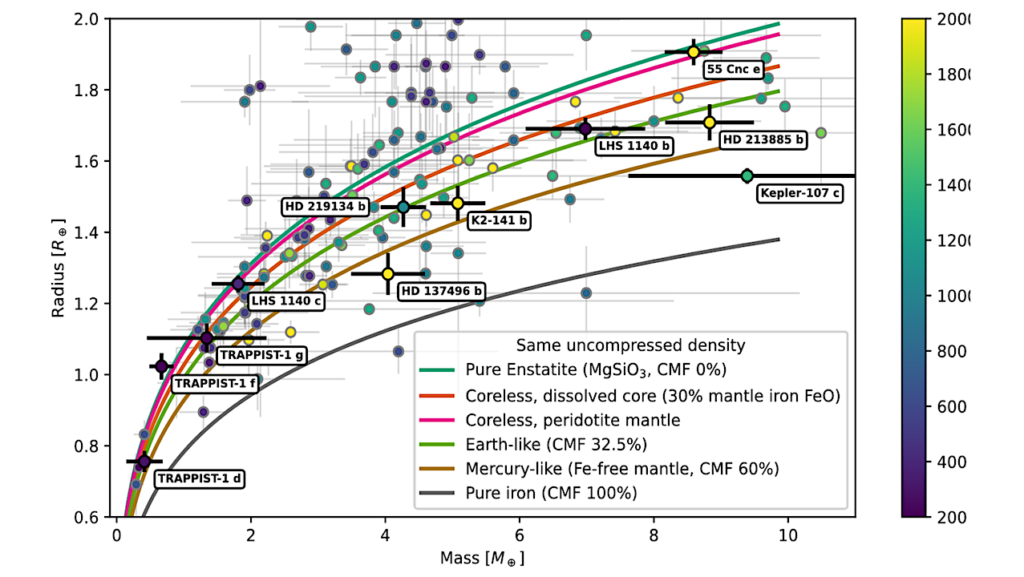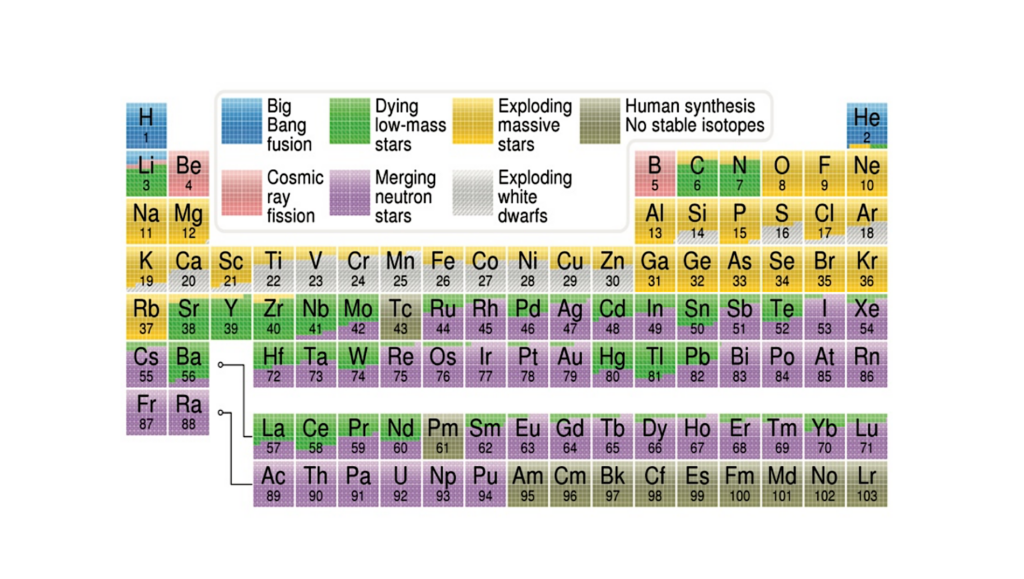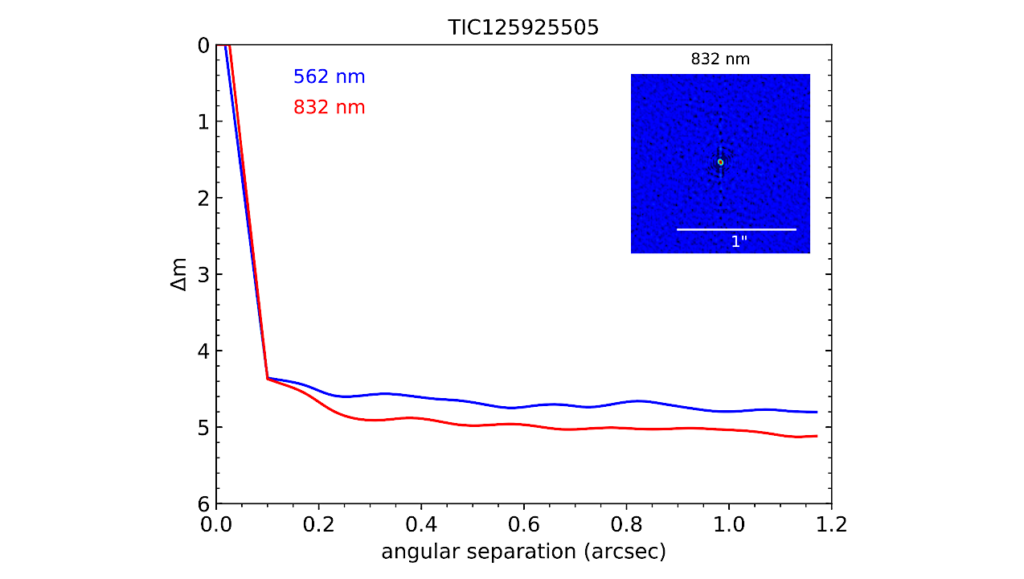Atmospheric Gravitational Tides Of Earth-like Planets Orbiting Low-mass Stars

Temperate terrestrial planets orbiting low-mass stars are subject to strong tidal forces. The effects of gravitational tides on the solid planet and that of atmospheric thermal tides have been studied, but the direct impact of gravitational tides on the atmosphere itself has so far been ignored.
We first develop a simplified analytic theory of tides acting on the atmosphere of a planet. We then implement gravitational tides into a general circulation model of a static-ocean planet in a short-period orbit around a low-mass star — the results agree with our analytic theory.
Because atmospheric tides and solid-body tides share a scaling with the semi-major axis, we show that there is a maximum amplitude of the atmospheric tide that a terrestrial planet can experience while still having a solid surface; Proxima Centauri b is the poster child for a planet that could be geophysically Earth-like but with atmospheric tides more than 500× stronger than Earth’s. In this most extreme scenario, we show that atmospheric tides significantly impact the planet’s meteorology — but not its climate.
Two possible modest climate impacts are enhanced longitudinal heat transport and cooling of the lowest atmospheric layers. The strong radiative forcing of such planets dominates over gravitational tides, unlike moons of cold giant planets, such as Titan.
We speculate that atmospheric tides could be climatologically important on planets where the altitude of maximal tidal forcing coincides with the altitude of cloud formation and that the effect could be detectable for non-Earth-like planets subject to even greater tides.
Thomas Navarro, Timothy M. Merlis, Nicolas B. Cowan, Natalya Gomez
Subjects: Earth and Planetary Astrophysics (astro-ph.EP)
Cite as: arXiv:2207.06974 [astro-ph.EP] (or arXiv:2207.06974v1 [astro-ph.EP] for this version)
Submission history
From: Thomas Navarro Mr
[v1] Thu, 14 Jul 2022 14:55:29 UTC (1,775 KB)
https://arxiv.org/abs/2207.06974
Astrobiology,








